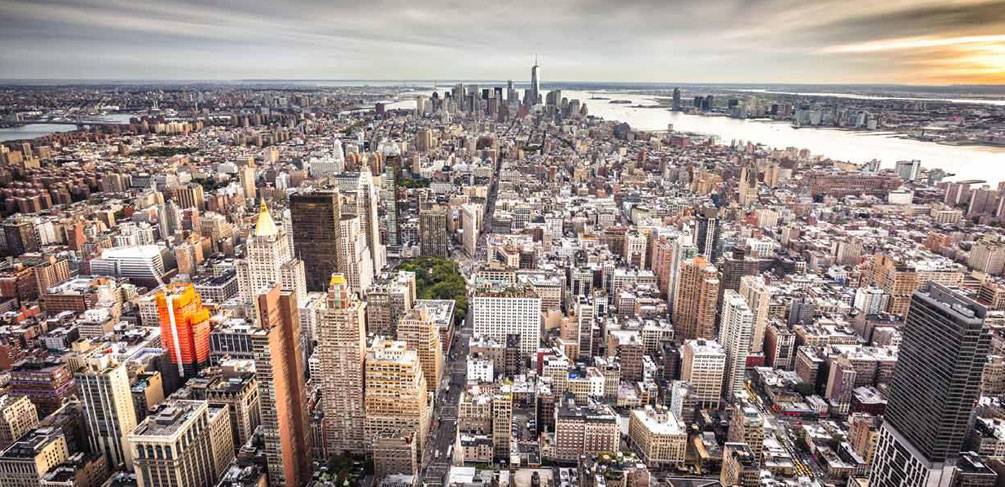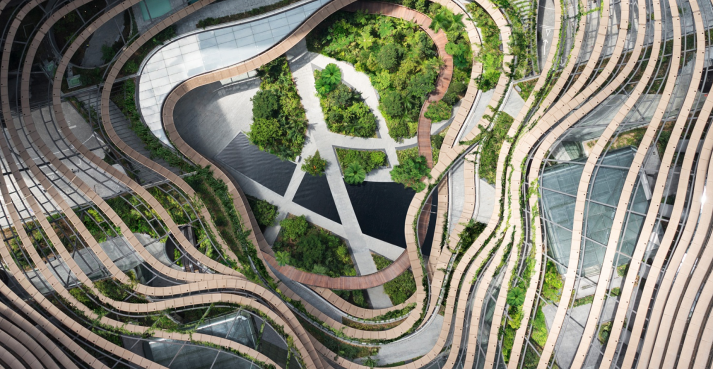Everything about Landscape Design
Table of ContentsThe 20-Second Trick For Landscape DesignNot known Details About Landscape Design The Best Guide To Landscape Design9 Simple Techniques For Landscape DesignHow Landscape Design can Save You Time, Stress, and Money.
Formal design motif. Credit Scores: Gail Hansen, UF/IFAS The backyard is an expansion of the home where a variety of activities happen. A lawn can generally be separated into three areas: public (the front yard), private (the backyard), and service (normally the side backyard). The place of task areas depends mainly on the type of location, the size of space needed, the sort of task, and the wanted closeness to various other tasks and structures.The outside wall surface of your home usually functions as the first wall surface or beginning point of an outdoor room. Incompatible usages must be divided, and associated tasks, such as cooking and dining, need to be created to make the backyard much more effective and pleasurable. When using hardscape to develop areas, make use of building and construction product similar to that made use of in your home for continuity from your home right into the yard.
Connected spaces. Credit Report: Gail Hansen, UF/IFAS Using comparable hardscape attributes and repeating plants pulls the eye around the yard.
Some Of Landscape Design

For emotional comfort plants are used as physical or implied obstacles for personal privacy and safety and security. Physical barriers block both the view and access to an area and consist of fencings, walls and plant hedges. Suggested barriers, generally low expanding plants, obstruct access however not the sight (Figure 9). Various other features of plants include cleaning up the air, stopping disintegration and soil loss, retaining moisture in the soil, and returning raw material to the dirt.
Physical and implied obstacles. Credit Rating: Gail Hansen, UF/IFAS For these reasons, the sorts of plants to be made use of (such as trees, hedges, or groundcovers) need to be picked in the onset of preparation (Landscape Design). Plant types are chosen for their practical abilities to make sure that their future objective and called for room can be thought about at the same time

Our Landscape Design Statements
Each plant mass is in front of, behind, or next to, one more mass. Credit Scores: Gail Hansen, UF/IFAS Duplicating plants within a mass and repeating masses with similar plants links the yard together. The specific plant characteristics have to be considered to efficiently layer and mass plants.
All plant compositions start with the primary framework plants, the big, mostly evergreen history plants-such as the trees and big hedges. These plants separate or enframe rooms, manage the size of the space, and supply the starting factor for choosing the proper characteristics of the 2nd layer, midground plants, for massing and infill.
Crucial points in the garden must be highlighted by the use distinct plants, unique frameworks, or garden ornaments. Marking thresholds or entries to spaces can be finished with entrances, arbors, and actions, or via using distinct and vivid plants. The kind and/or style theme of the yard try this will typically aid figure out the essential factors and exactly how they must be highlighted.
Various other vital places in the yard are centerpieces, which is used to visually organize a designed location. The sort of centerpiece often depends on the viewing perspective. Different perspectives or perspectives can expose different structures in the landscape that might require a variety of focal points. Contrasting structure, shape, size and shade will capture and hold the eye.
All About Landscape Design

Plant kinds. Credit Report: Gail Hansen, UF/IFAS After type, structure is the next dominant feature of a plant; coarse, medium and fine textures can be made use of for comparison and focus in the landscape.
The positive aroma of plants, the noise of wind in the trees, the noise and structure of water, and the colors and structures of sculptures, pots and yard furnishings all contribute to the experience of the garden. One detail that is typically ignored is the result of light on the visual appeals of the plants.

9 Easy Facts About Landscape Design Shown
It is essential to understand the eventual fully grown dimension of plants so they can be placed in the right place and spaced correctly when they are installed. Providing plants area to expand is a challenge because the common mature size is usually based on ideal expanding conditions and the ecological problems of a site may cause a plant to enlarge or remain smaller sized.